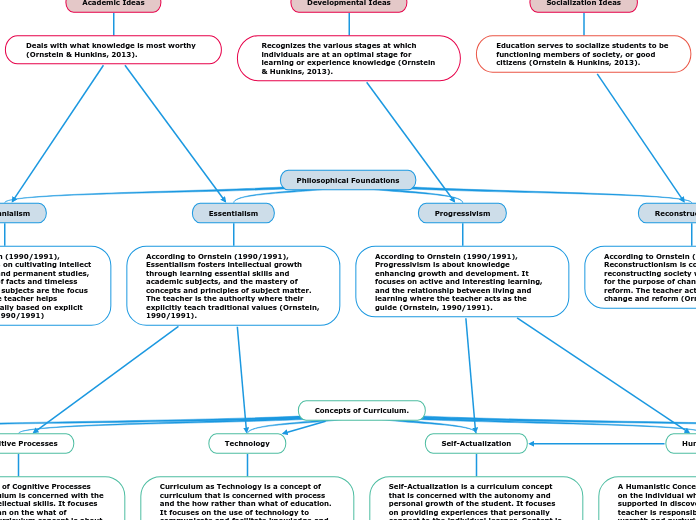por Y Zlotnik hace 2 años
1514
Philosophical Foundations, Conceptions of Curriculum, and Curricular Designs

por Y Zlotnik hace 2 años
1514

Ver más
Ornstein, A. C., & Hunkins, F. P. (2013). Curriculum: Foundations, principles, and issues (6th ed.). Boston, MA: Pearson.
McNeil, J. D. (2009). Contemporary curriculum in thought and action (7th ed.). Hoboken, NJ: John Wiley.
Sowell, E. J. (2005). Curriculum: An integrative introduction (3rd ed., pp. 52-54, 55-61, 81-85,103-106). Upper Saddle River, NJ: Pearson.